Advertisement
AutoGPT isn’t some hyped-up buzzword that’ll disappear next year. It’s a tool that’s quietly changing how work gets done. It can set goals, plan steps, use tools, pull info from the web, and complete tasks without someone guiding it at every move. What makes it different from regular AI tools is its ability to run long tasks on its own, learning and adjusting along the way.
If you’ve been hearing people throw around terms like “autonomous agents” or “AI workflows,” they’re probably talking about AutoGPT in some form. Whether you're in business, research, or even just tinkering at home, 2025 is the year to actually start using it. Here are ten practical, non-fluffy ways people are putting AutoGPT to work right now.
One of the clearest use cases is running a full support desk. AutoGPT can read old support tickets, pull data from help centers, and talk to customers in plain language. Unlike standard chatbots that stick to scripts, AutoGPT can adapt to the customer’s problem and even learn over time which answers work better.
It also handles follow-ups, logs issues into CRM tools, and can even ping someone on the team if a human is actually needed. The result is a faster service that doesn't frustrate users.
AutoGPT is starting to show up in online education tools, acting like a full-time tutor. It can plan study paths based on your weak points, test you with custom quizzes, explain things in simpler terms, and change its teaching style based on how you learn.
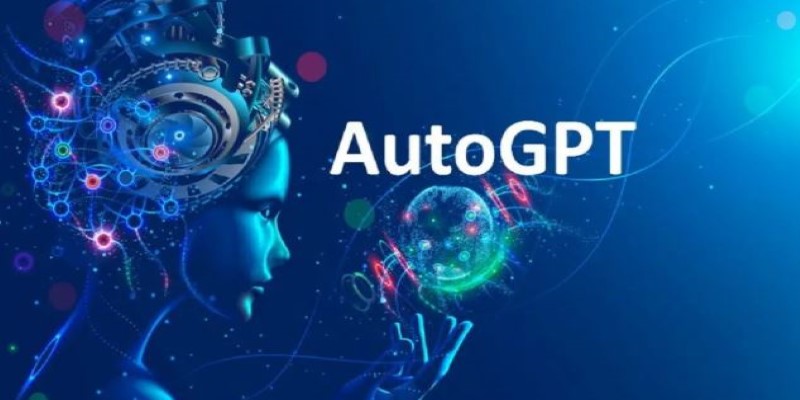
In corporate settings, it builds training modules based on job roles and can walk new hires through onboarding, policies, or tools without needing HR to get involved at every step.
Companies are using AutoGPT to scan through news, financial reports, customer reviews, and product launches. Instead of someone manually pulling reports, AutoGPT builds summaries, finds trends, and even predicts competitor moves based on public signals.
It can do this weekly, daily, or in real-time. It pulls from dozens of sources, cross-checks data, and delivers clean insights. No spreadsheets are needed.
AutoGPT is helping developers by drafting code, testing it, and debugging small projects with minimal input. You give it a general goal—like "build a site with a login system"—and it breaks the task into parts, writes the code, tests it, and even deploys it to a platform like GitHub.
It’s not perfect for big, mission-critical systems yet, but for smaller tools or MVPs, it cuts development time by half or more.
Content teams are using AutoGPT to manage entire blog pipelines. It researches keywords; drafts outline, writes articles, optimizes them for SEO, and schedules posts—all in one loop.
Unlike standard writing bots, AutoGPT can learn a brand’s tone and style. If used well, it doesn’t just churn out filler—it delivers drafts that feel like a real human wrote them. Writers still edit, but they’re starting with 80% of the work done.
AutoGPT can read your bank transactions, bills, and goals to create a custom budget. Instead of giving generic advice like “save more,” it adjusts based on your real habits—like when you get paid, how you spend, and what your plans are.
It can also help with taxes, investment summaries, or even planning for big purchases. And since it learns over time, it gets better at predicting shortfalls or new spending patterns.
Solo founders are using AutoGPT to run micro e-commerce sites. It handles product research, writes descriptions, adjusts pricing based on demand, tracks shipping, and responds to customer questions.
It even connects to platforms like Shopify or Etsy and adjusts listings if something isn’t selling. This means someone can launch and maintain an online shop without spending hours each week on the backend.
Lawyers aren’t being replaced, but they are getting help. AutoGPT is being trained to write first drafts of legal docs, summarize regulations, and flag risky terms in contracts. It cuts down on the repetitive parts of legal work.
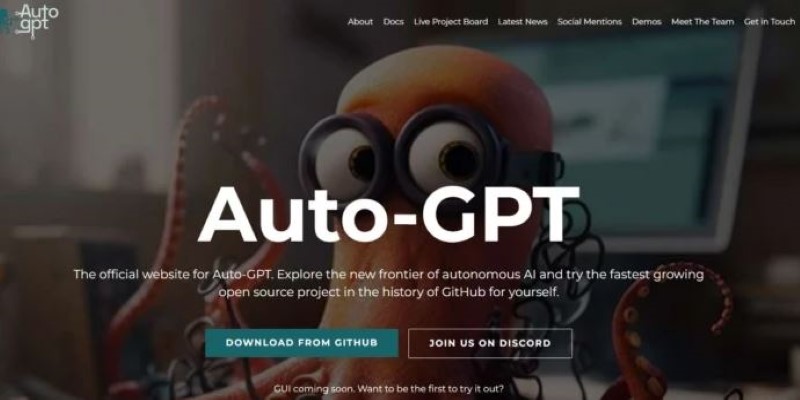
Small businesses are using it to create NDAs, basic agreements, and HR policies without needing a legal team on speed dial.
Some early adopters are using AutoGPT as personal health planners. It connects with devices like smartwatches or fitness apps to monitor sleep, food, and exercise. Then, it builds suggestions—not just random tips, but ones based on your data.
For example, if your sleep dropped last week and workouts fell off, AutoGPT might suggest shorter, lower-effort routines or track habits like screen time and hydration. The advice gets smarter the more you use it.
Freelancers are starting to use AutoGPT as a virtual assistant. Writers use it to generate briefs and outlines. Designers use it to prep mockups or generate idea boards. Developers use it to manage small updates and fixes.
It handles outreach emails, proposals, task reminders, and even invoicing. A solo freelancer using AutoGPT well can operate like a three-person team with none of the overhead.
AutoGPT isn’t just hype—it’s a tool that’s already saving time, cutting costs, and improving how people work across industries. Whether you're automating support, building faster, or just trying to stay more organized, there’s a clear way to use it. The biggest shift in 2025 isn’t that AI exists—it’s that it can finally handle full tasks without needing constant input. If you haven’t tried it yet, this is the time. Start small, find what works, and let it take over the repetitive stuff you don’t need to do anymore.
Advertisement
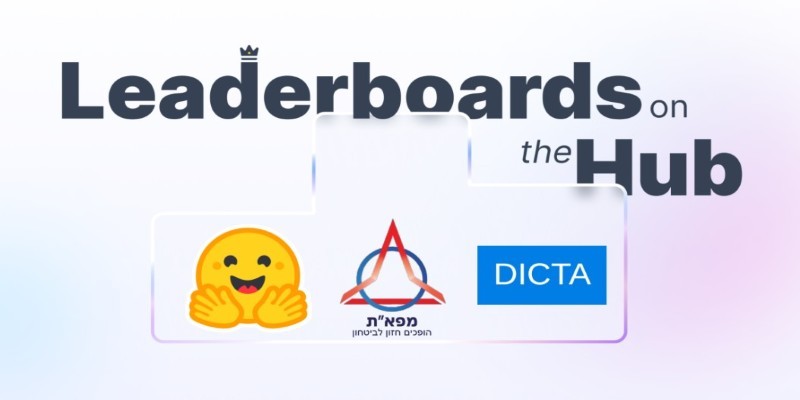
How the Open Leaderboard for Hebrew LLMs is transforming the evaluation of Hebrew language models with open benchmarks, real-world tasks, and transparent metrics

How atrous convolution improves CNNs by expanding the receptive field without losing resolution. Ideal for tasks like semantic segmentation and medical imaging
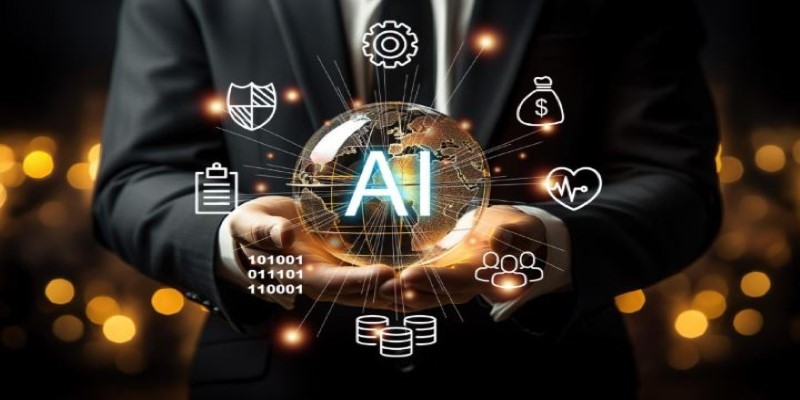
Looking for the best way to chat with PDFs? Discover seven smart PDF AI tools that help you ask questions, get quick answers, and save time with long documents
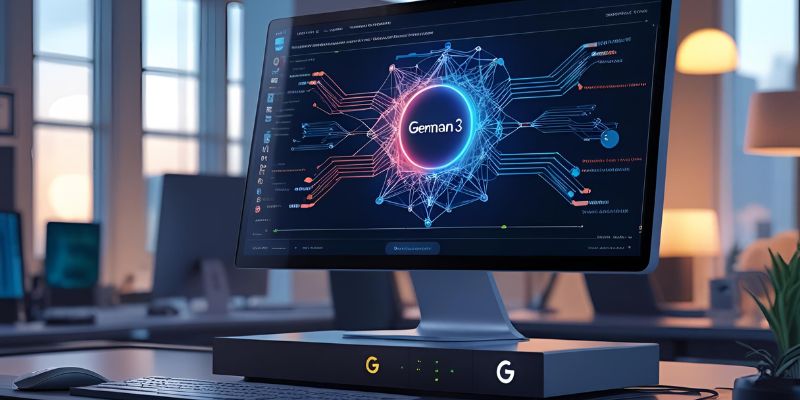
How can Google’s Gemma 3 run on a single TPU or GPU? Discover its features, speed, efficiency and impact on AI scalability.

The paperclip maximizer problem shows how an AI system can become harmful when its goals are misaligned with human values. Learn how this idea influences today’s AI alignment efforts
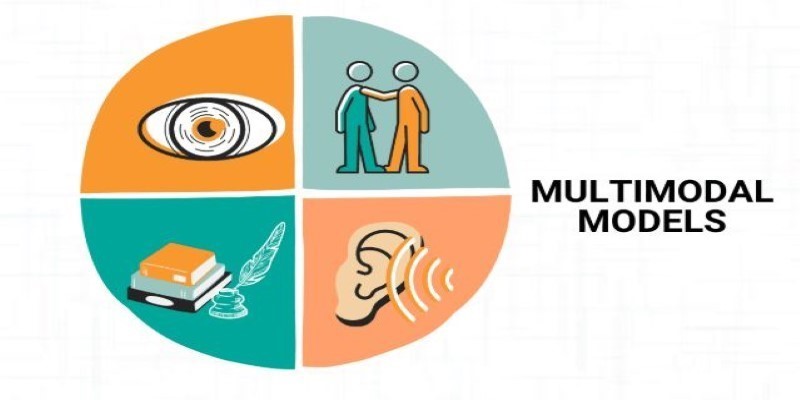
Multimodal models combine text, images, and audio into a shared representation, enabling AI to understand complex tasks like image captioning and alignment with more accuracy and flexibility

Microsoft’s new AI model Muse revolutionizes video game creation by generating gameplay and visuals, empowering developers like never before
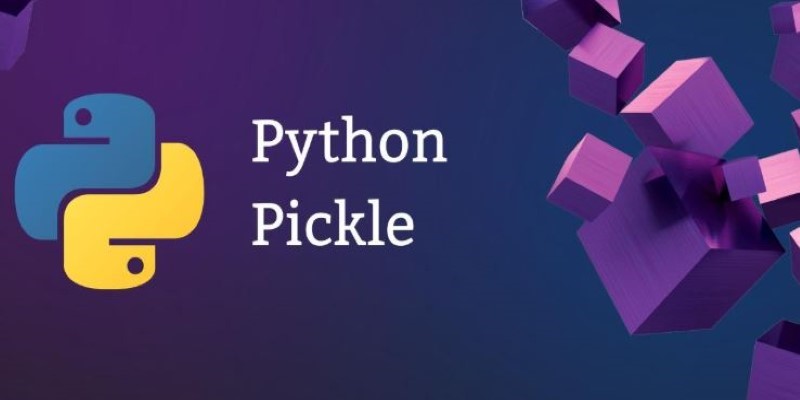
Need to save Python objects between runs? Learn how the pickle module serializes and restores data—ideal for caching, model storage, or session persistence in Python-only projects

How the world’s first AI-powered restaurant in California is changing how meals are ordered, cooked, and served—with robotics, automation, and zero human error

Ready to run powerful AI models locally while ensuring safety and transparency? Discover Gemma 2 2B’s efficient architecture, ShieldGemma’s moderation capabilities, and Gemma Scope’s interpretability tools
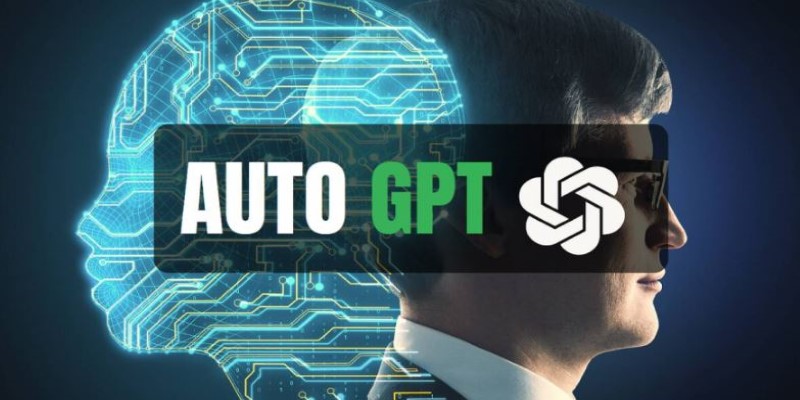
How AutoGPT is being used in 2025 to automate tasks across support, coding, content, finance, and more. These top use cases show real results, not hype
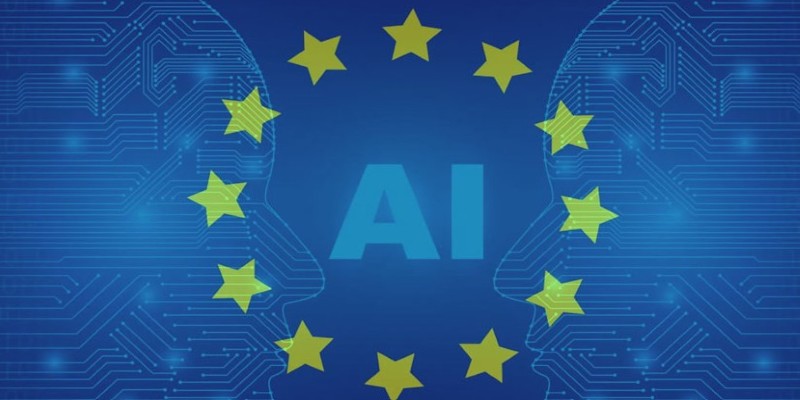
A clear and practical guide for open source developers to understand how the EU AI Act affects their work, responsibilities, and future projects